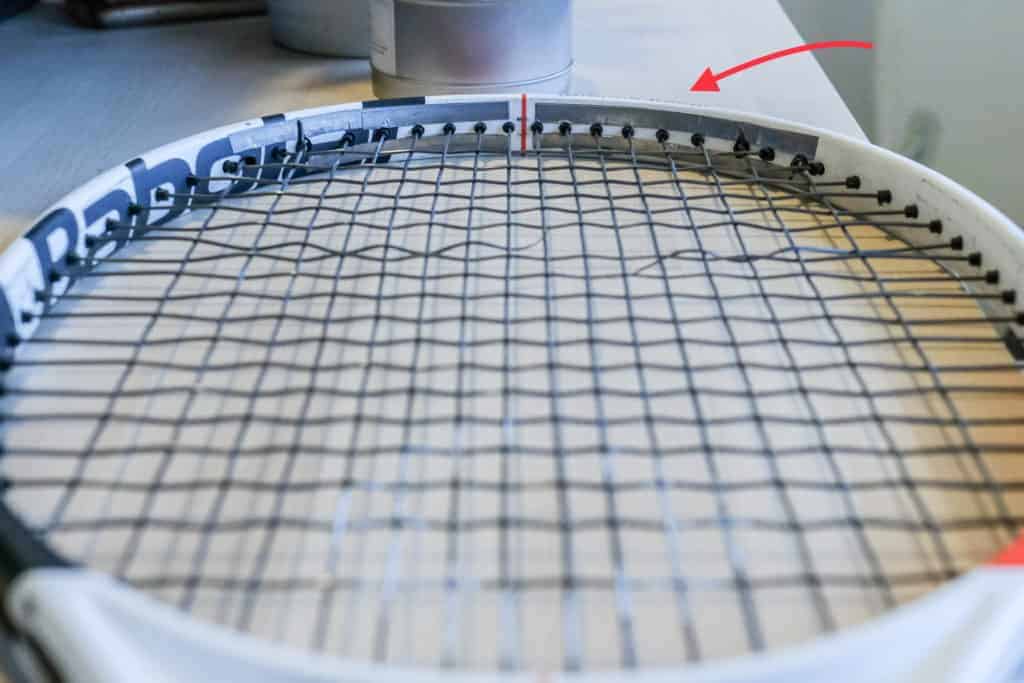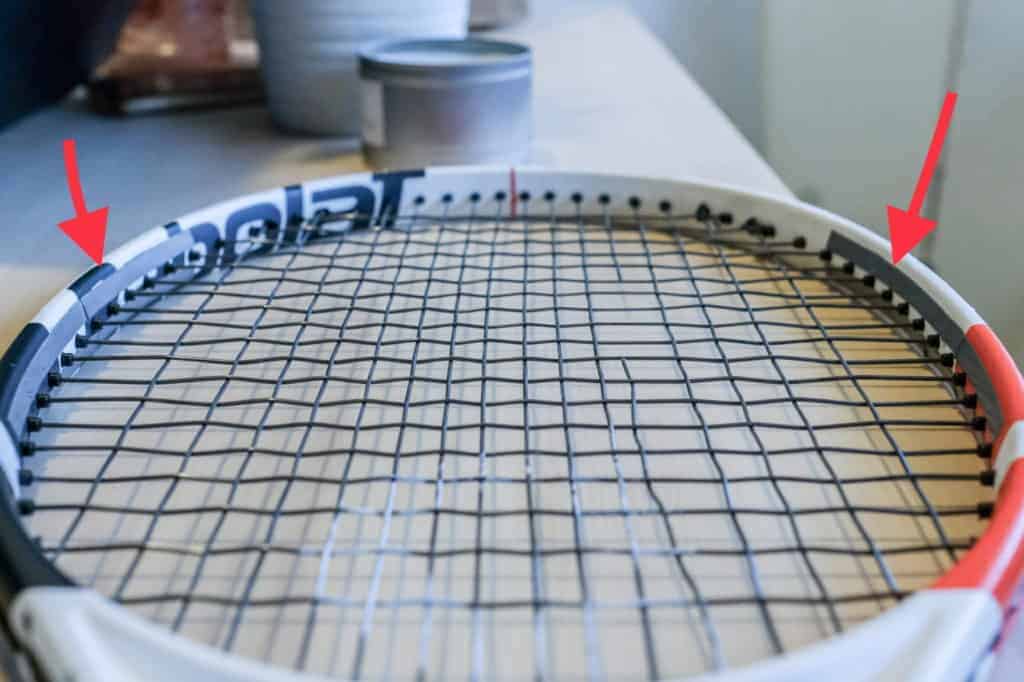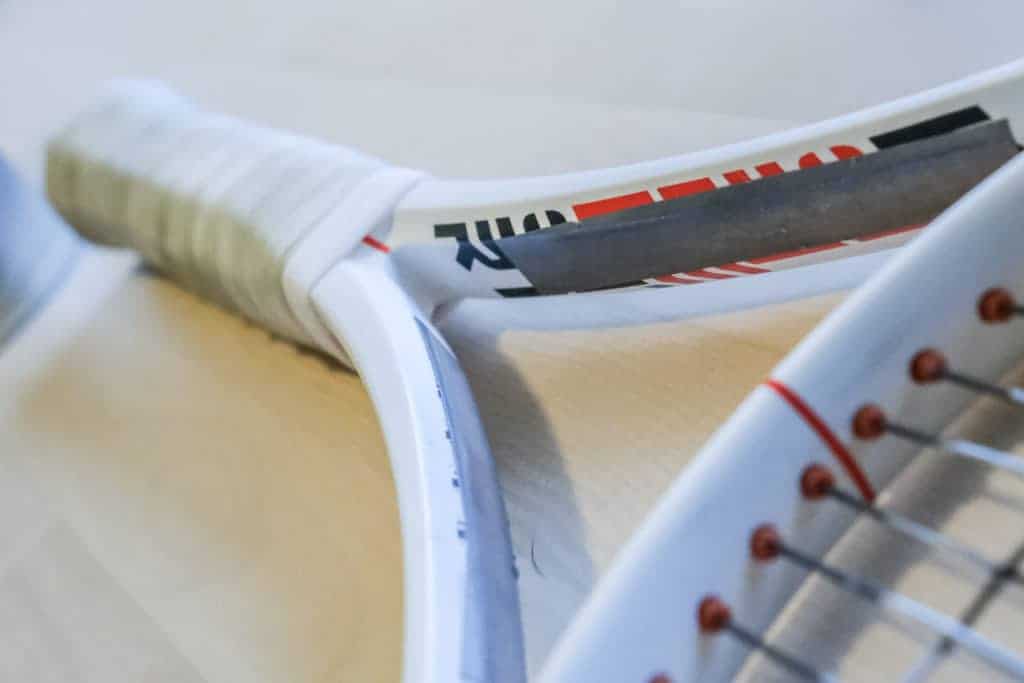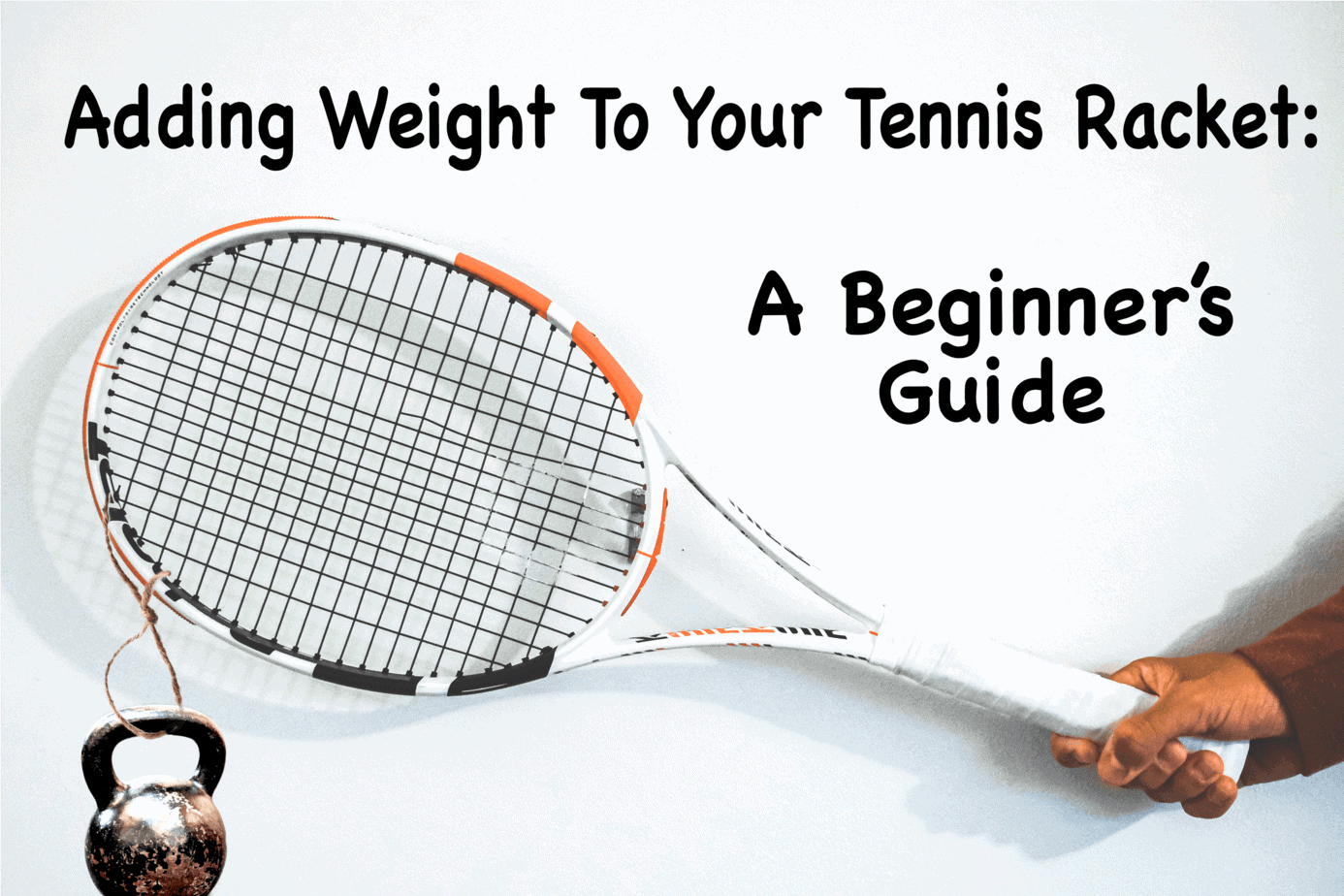Disclaimer: this article was written by one of our tennis friends, Mousheg Hovhannisyan. He has an extensive knowledge in this subject and we want to bring the best possible information for you. You can learn more about Mousheg here.
Being in and around professional tennis one thing that many professionals are critical of is their choice of racquets. Although many are picky about how their tools feel, only a few have a clear perspective of how to customize their rackets to fit their style of play. I’ll keep it simple as playing around with racket specs can be confusing.
The three main areas you need to focus on in order to customize your racket to your game style are the weight, balance, and swing weight. Having a properly weighted racket that suits your game can optimize your strokes and prevent injury in the long run. On top of that, an important and overlooked benefit of racket customization is proper game development for junior players. As kids develop their natural game style, they can improve their game’s efficiency by setting an ideal weight, balance point, and swing weight to their racket.
If you want to learn more about how to effectively add weight to your racket, we have a lot more information below.
Proper Weight
The first thing you need to know how much weight you can handle as far as mass and swing weight, the more the mass and swing weight of the racket the more power you will produce. It is important that both mass and weight are not too low or too high (280 grams or 360 grams). If the swing weight is too high (340grams), meaning all the weight is in the head, and the racket is too heavy, it could eventually lead to shoulder or elbow issues. If the weight is too low, players might try to overexert in order to generate more power or clinch on the grip too tightly to produce stability. Both scenarios can lead to shoulder, wrist, or elbow injuries.
To keep things simple with the weight just know how much you can swing around on a daily basis without feeling sore in the shoulder, elbow, wrist or anywhere on arm. Another importance of mass is stability but more important in where the weight is mainly concentrated (balance point) which I will talk about next. So finding the right mass and swing weight is important for power, stability, and injury prevention.
Balance and Swing Weight
This is where it can get tricky and where most have little to no knowledge about when it comes to finding an ideal balance point and swing weight for game styles. Balance point means where the weight is concentrated on the point of impact, swing weight is how much mass above the balance point (in head usually) is being swung. When it comes to swing weight in general, all you need to consider is if it gives you enough power and how efficient it is for your body to handle. Generally, the average player and junior would use a swing weight of about 330 grams whereas pros can get up to 350 grams. Balance point is where you see the difference in play that fits your style of play. To keep it simple let’s have 3 styles.
- Counterpunch
- Serve and Volley
- All court
Counterpunch
If you have a counterpunching style (baseliner, aggressive baseliner, grinder etc.) then you will likely enjoy a racket between 4pts HL (headlight) to about 6pts HL strung. This will allow longer strokes since you will be near or behind the baseline. As a baseliner, you will end up playing enough defense so that means on average would hit more shots than a serve and volley style player. Therefore, it’s important the mass is enough to generate power from the back and not too high to cause injuries in the long run. Generally, baseliners enjoy a mass between 315-335grams.
Serve and Volley
If you are a serve and volley, chip and charge type aggressive net player or even a very handsy player, then you’d find balance point comfort between 8 and 10pts HL strung. Also note that the more headlight your racket is the more mass you’d want compare to a more head heavy racket, the reason for this is because maneuverability increases as more weight is added to the handle giving more stability and spin and control on volleys, serves, slices and decreases power in general, so having some some mass with your 9pts HL racket such as Federer does at roughly 370grams will still allow solid power to the baseline game.
All Court Player
If you are an all court player then you’d want a balance point between 7 and 9pts HL with around 320-340 grams mass weight to have a nice median for all sorts of shots and hopefully you are athletic and talented enough to wield such rackets like the prestige or the pro staff.
Keep it simple when customizing your racket, stick with the total mass you are comfortable with and add either to the head or handle to get the balance point you’d like. The more you like coming to the net the more you’ll benefit from adding weight in handle/grip, the more you like to battle from the baseline the more you’d enjoy weight in the head. If you don’t want to mess with balance point and swing weight and just want more power and stability, simply increase the mass by adding weight right at the balance point of the racket.
Tools You Need To Weight Your Racket
If you are wondering how to customize your racket you have two options. Either have a pro do it for you can do it yourself. If you choose the latter, here are the tools you need:
Scale: you need a scale that can register to the tenth of gram and one one-thousandth of an ounce. Here is a good option.
Balance Board: the Alpha Viber Balance Board is the best one for the job.
Customization Tape: here are some options.
Weighting Your Racket
First, we need to learn how much tape you need to add to your racket. 8 inches of a quarter-inch wide tape equals an increase of an ounce (0.1 oz or 2.8 grams). Adding one 8 inch of tape at the 12 o’clock location makes the racket one point less headlight. on the other hand, 0.1 oz added to the grip will make the racket 1 balance point more headlight. Keep this information in mind when you add weight to your racket so you can customize it how you want it.
Now lets talk about where you should add weight according to your needs.
Increase Plow Through:
If you want to increase the swing weight and plow through of your racket, you should add tape on the 12 o’clock location of the head. By doing so, your racket will be more powerful but less maneuverable. We recommend you adding the weight to the grip in order to maintain the balance of the racket.

Increase Stability:
If you want to increase the stability of the racket, we recommend adding weight to the 10 and 2 o’clock location. This will make the racket heavier and help reduce twisting at impact. It will also increase power so don’t add too much tape at first so you can get a good feel for it. We recommend small increments and counter balancing with weight to the grip.
Expanding the Sweetspot:
If you wish to expand your racket’s sweetspot, add tape to the 9 and 3 o’clock location. The sweetspot will expand towards where the tape was added, improving the feel of the racket. This is the most common spot for adding weight to rackets and it is where most players should start.

Increasing Weight Without Changing The Balance Point
If you just want to add a few extra grams to your racket without compromising its balance, add tape to the inner area of the racket’s throat. This will help increase the mass of the racket without adding to its swingweight.

Other Weight/Balance Factors
A few things to also consider when customizing your balance and weight are dampeners, overgrips and string gauge. Dampeners add around 3 grams, overgrips 5-8 grams and string gauge can add or subtract up to 5 grams to the total swingweight you are used to.
Another thing to keep in mind is that a lot of players like to replace the synthetic overgrip with a leather one. This change will add weight to the grip, equaling to a more head-light racket.
Conclusion
Customizing a tennis racket the proper way can be somewhat overwhelming at first. However, if done correctly, it can be extremely beneficial to your tennis game. Pro players tend to have their rackets customized by their equipment sponsors to suit their needs but amateur players don’t have that privilege. Therefore, it is important for you to learn about customization and experiment with different weights and balances. As an amateur, focus on the basic metrics: weight, swing weight and balance. While adding weight to your racket isn’t necessary, it can be a good way to make your tool better suited for your personal needs.

